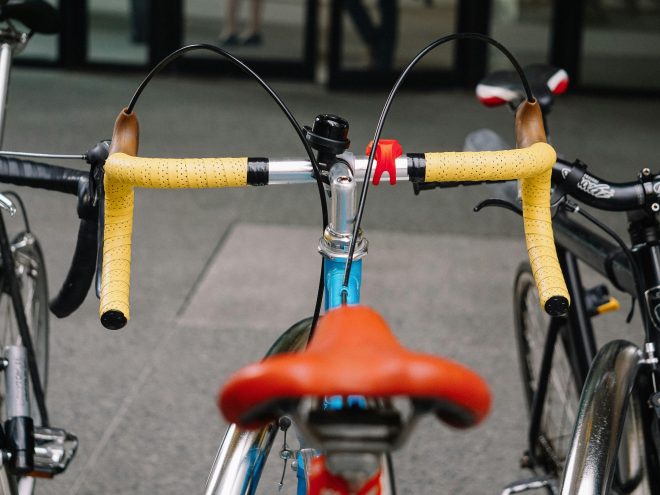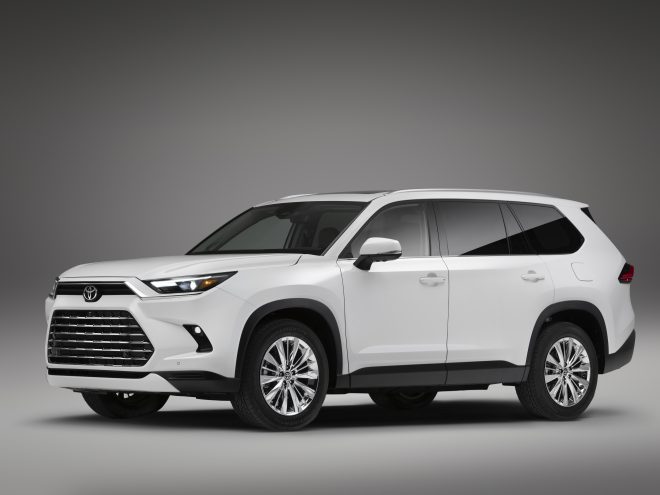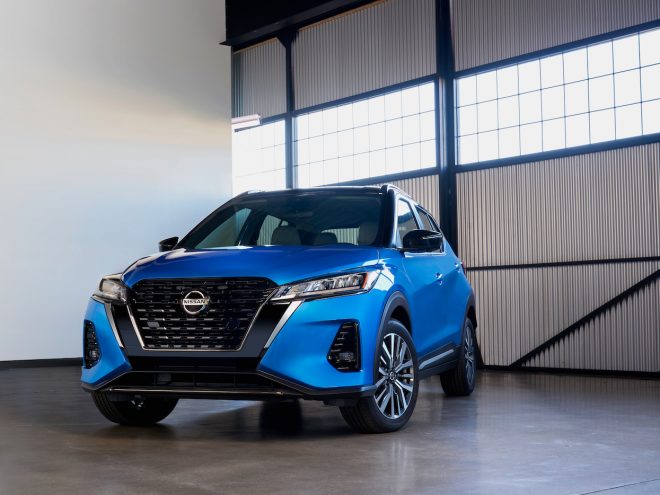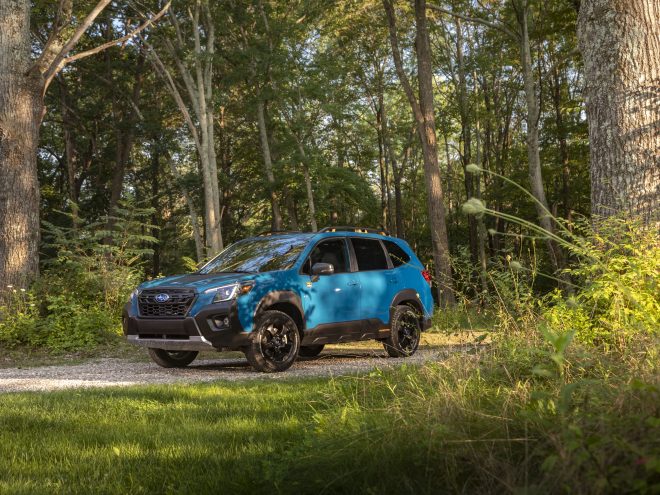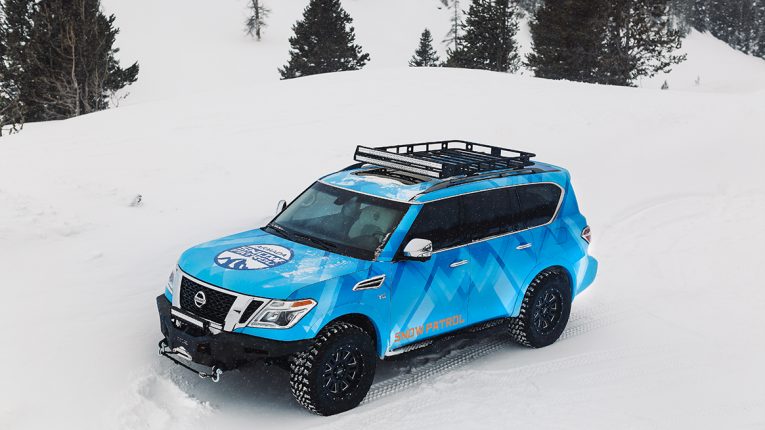
How to Drive Safe in the Winter
Winter weather can make life on the road a little bit more hazardous. You’ll be more vulnerable to road traffic accidents, thanks largely to icy roads and darker evenings. Plus, the vehicle itself will suffer from more wear and tear.
Motorists of every kind should be proactive about road safety at this time of year. But exactly what actions might we take?
Prepare the car
In an ideal world, we’d never run into problems on the road. Since we don’t live in that world, it’s a good idea to prepare for disaster. Pack an emergency kit for when you get stranded in the cold: it should include food, first-aid, and warm blankets and thermals. Make sure that your tyres are made for the weather. All-season tyres will typically be able to handlewhat the British winter throws at them. Make sure that there’s a spare available, and that you know how to replace it.
Set off earlier
Trips during winter will almost always take longer. When the road is slightly slippery, or packed with snow and ice, then you’ll be forced to take it slowly. By giving yourself plenty of time, you’ll remove the temptation to rush.
If you do happen to be running late, of course, then it’s better to simply resign yourself to the fact that you’re not going to make it than it is to put your foot down. Your car will behave very differently when the weather is wet – so don’t take the risk.
Check your brakes
There are a few parts of the car you’ll want to check regularly. But the brakes are arguably the most important. Make sure that you have a strong understanding of how much stopping power you have, and how it is affected by snow and ice. When your brake pads become worn, they’ll lose their stopping ability, which will make your car less safe. It’s therefore a good idea to replace them sooner rather than later.
Driving in snow
In most cases, you’ll want to check the advice of the met office and restrict your travel during snowy weather to just the essential trips. But if you have a set of snow chains fitted to your tyres, you’ll be able to avoid getting stranded. This becomes especially important if you live in a particularly hilly part of the country.
Before you set out into the snow, you’ll want to make sure that your car is cleared. Any snow that’s left piled on the roof will be at risk of sliding down onto the windscreen, or onto the car behind. The same applies to the ice on your windscreen. Don’t be impatient: either wait for it to properly clear, or get out there with a scraper and a can of de-icer.
